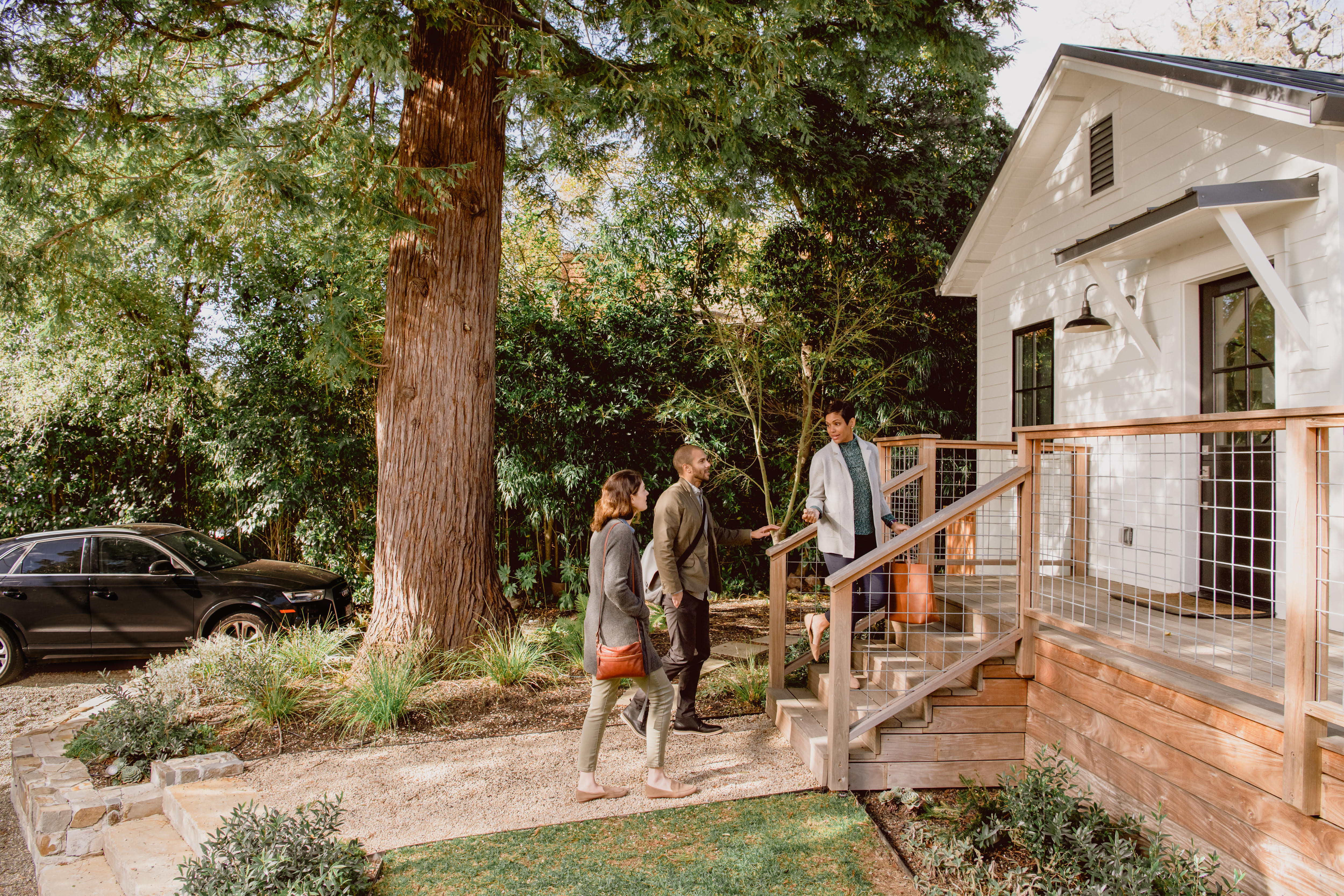
The key to neighborhood expertise is data. Here’s how to get it—and what to do with it.
People don’t just buy a house. They buy a neighborhood. But they don’t always realize it. As their agent, you can help them avoid the all-too-common neighborhood regret by helping them find a community that fits them as perfectly as their new home does. Here’s how to become a neighborhood expert and help your clients love everything about their purchase—from the front porch to the local park.
-
1. Get to know Trulia Neighborhoods.
Half the work of being an expert is knowing where to find the knowledge, and Trulia Neighborhoods puts a mountain of crowdsourced and well-researched info right into your hands. You can read up on insider perspectives from real residents through What Locals Say, our innovative survey that includes more than 20 million responses and counting. It covers everything from how much holiday spirit a neighborhood has to whether pups are welcome in local businesses. The information gathering is ongoing, with as many as 100,000 new responses coming in daily.
Trulia Neighborhood pages also feature market and inventory data, local photos, as well as maps that make finding the best shopping, dining, and entertainment options a cinch. Home buyers can also read local school ratings and see block-by-block crime risk data. And you can find active for sale listings, too, each of which includes even more neighborhood info, like commute times, resident demographics, and more.
To become an expert on neighborhoods in your market, just search for the neighborhood name on Trulia Neighborhoods. You can also browse available neighborhoods on the search results page for each city in on Trulia’s search function.
-
2. Use the data to learn a neighborhood’s story.
Sure, you can learn a lot about a neighborhood through your comparative market analyses. But can you use it to tell house hunters a story about the area? You can. Leveraging your comps data in combination with data from Trulia Neighborhoods and property description pages can help you see the neighborhood’s narrative—and deepen your relationship with it.
For example, what’s driving the higher home sale prices on the west side of the neighborhood? Checking Trulia’s Neighborhoods, you might find a cluster of walkable nightlife spots in that area. You can find Yelp reviews for the businesses right on the Explore the Area map that can help you learn about the places to learn why and who they’re attracting. The demographic info on a property description page might reveal that the neighborhood has more single, young adults than places nearby. You can probably start to see that this is an area attracting young professionals—and What Locals Say quotes can help confirm or clarify that idea.
-
3. Get to know the locals in person.
Once you’ve done your homework online at Trulia Neighborhoods, go analog. Head to the neighborhood and talk to the locals. Read a comment about an awesome dog park? Check it out and see if it lives up to its rep. If the stats say it’s a walkable neighborhood, spend a few hours walking around. Stop at the grocery store, get a latte at a coffee shop, and chat up a waiter at a restaurant.
When you talk to the people who live and work in the area, ask about what you’ve learned about the neighborhood so far. Your insider knowledge will help them know you’re already invested in getting to know the area, and they’ll likely feel more comfortable sharing their experiences and observations with you. You might even start to learn which neighbors are planning to move soon, and what businesses are coming in and out of the area.
-
4. Continually follow up to feel out the neighborhood’s future.
A neighborhood that’s in the process of moving from warming up to hot will attract homebuyers looking to get in early before its popularity drives up prices. First-time homebuyers and pioneering buyers love these neighborhoods, often full of older homes and nearer the city center, so knowing which areas are on the rise will give you an edge.
Look for signs that young, urban professionals have started moving into a neighborhood —or look for features that could attract them. Has an organic grocery opened? Is a light rail station planned for the area? Is there untapped architectural potential, like streets filled with Arts and Crafts bungalows or midcentury modern ranches? Has a new employer or industry moved into the area? Do some online research, work your contacts, and drive or walk the neighborhood to scope it out.
-
5. Establish yourself as the friendly neighborhood real estate agent.
Once you have enough of a feel for the neighborhood to support it, make it a part of your brand. Put the neighborhood name (or names) on your business card, your social media profiles, and other marketing materials. Become a presence in on social media pages dedicated to the area, and become an active, valuable member by sharing helpful information and data.
Show up in person, too. Join local organizations and leave your business cards at coffee shops and other gathering spaces. Once your connections with residents, local employees, and business owners are established, additional neighborhood expertise will start coming right to you—along with referrals to home buyers.
Ready to start becoming a neighborhood expert in your market? Check out Trulia Neighborhoods to kickstart your data-based journey to local expertise.
